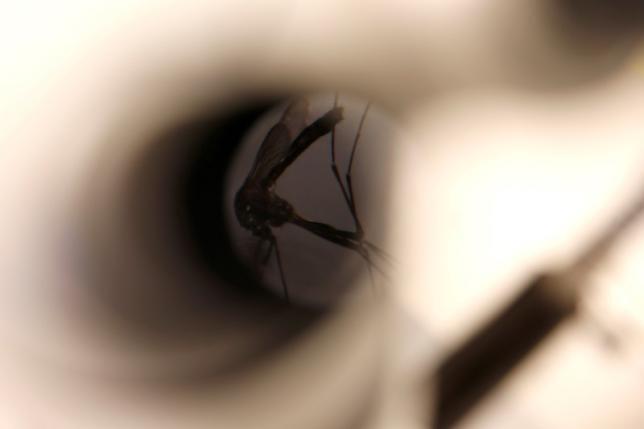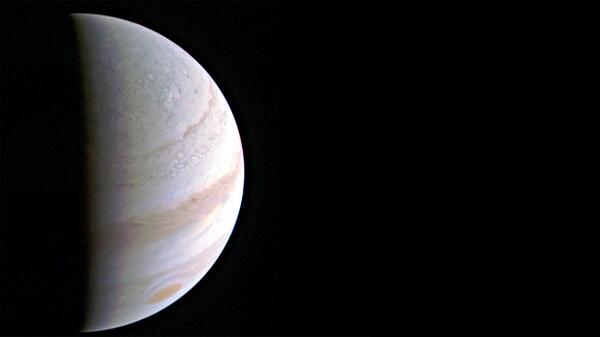

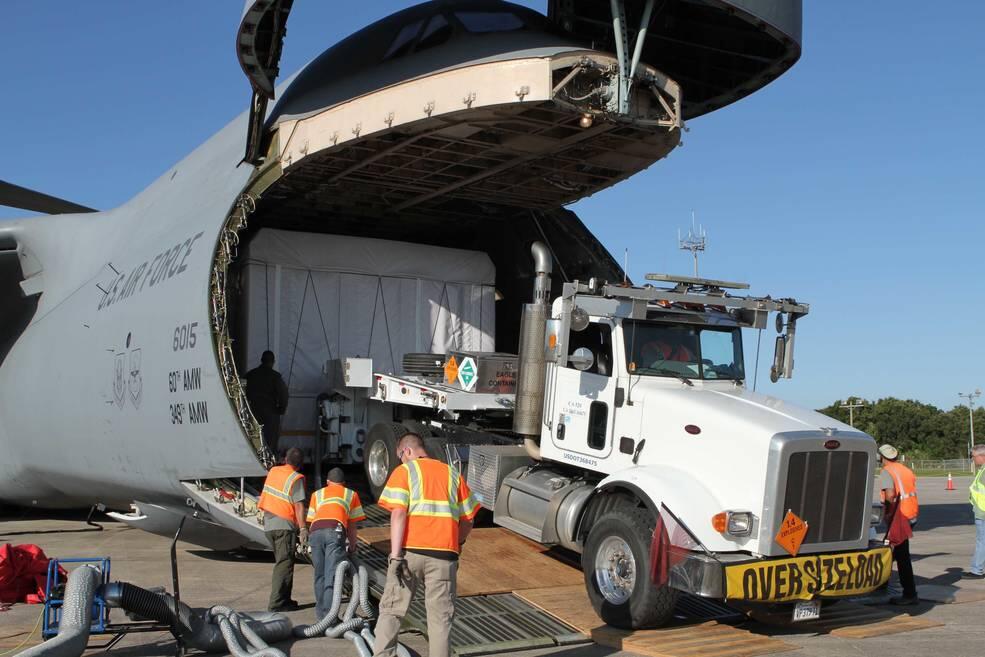
NOAA’s GOES-R Arrives at NASA Kennedy for Launch Processing
NOAA’s GOES-R satellite arrived at NASA’s Kennedy Space Center Shuttle Landing Facility from Lockheed Martin Space Systems, Littleton, Colorado, on Aug. 22 aboard a U.S. Air Force C-5...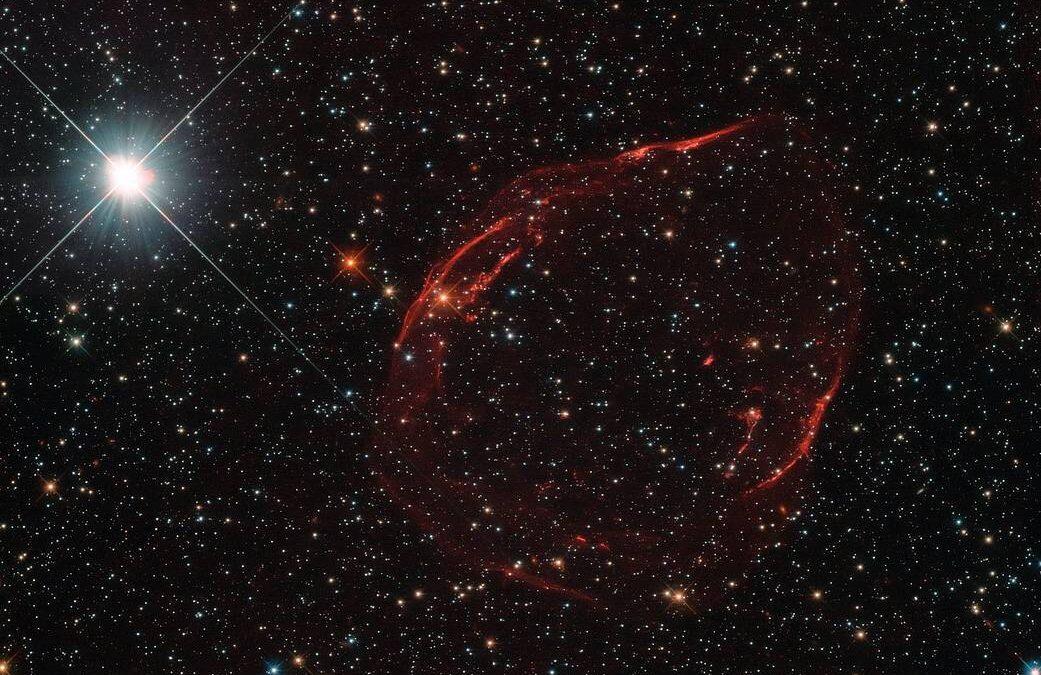
Hubble Investigates Stellar Shrapnel
Several thousand years ago, a star some 160,000 light-years away from us exploded, scattering stellar shrapnel across the sky. The aftermath of this energetic detonation is shown here in this...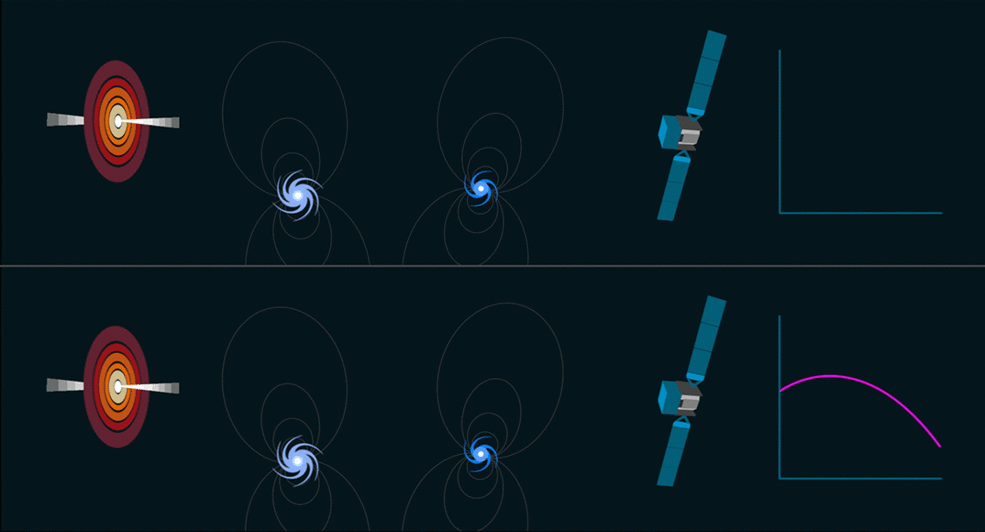
NASA’s Fermi Mission Expands its Search for Dark Matter
Dark matter, the mysterious substance that constitutes most of the material universe, remains as elusive as ever. Although experiments on the ground and in space have yet to find a trace of dark...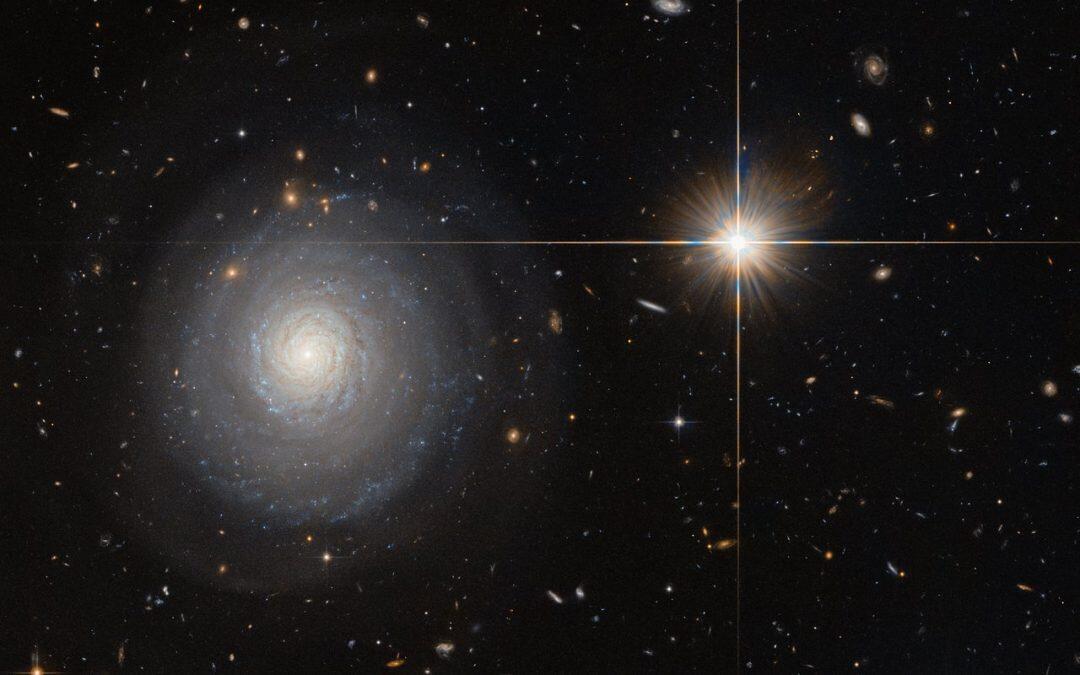
Where can you #SpotHubble?
Since its launch in 1990, the Hubble Space Telescope has sent back mind-blowing images that not only changed our understanding of our universe, but also changed where we see glimpses of our universe...
Australia boosts climate science research in u-turn
Australia made an abrupt climate change u-turn Thursday, with the issue set to again become a key focus of the national science agency just months after it saw hundreds of jobs cut in a heavily...
NASA’s Juno Spacecraft in Orbit Around Mighty Jupiter
After an almost five-year journey to the solar system’s largest planet, NASA’s Juno spacecraft successfully entered Jupiter’s orbit during a 35-minute engine burn. Confirmation that the burn...